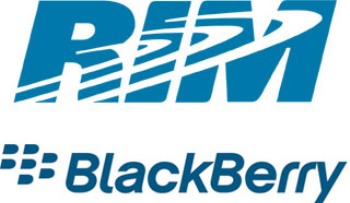BlackBerry Dakota To Run OS 6.1, Not PlayBook OS

RIM’s upcoming BlackBerry Dakota runs OS 6 suggesting the PlayBook tablet’s OS on phones is still far away
Research In Motion’s BlackBerry Dakota will launch with BlackBerry OS 6.1, according to rumours. This suggests the company’s plan to port the PlayBook tablet’s QNX-based operating system to smartphones is still far in the future.
RIM’s seven-inch PlayBook will be the vanguard of an aggressive strategy to bolster the company’s position in the mobile space, where it faces fierce competition from the likes of Google Android and Apple’s iOS. Instead of porting the recently developed BlackBerry OS 6 onto the tablets, however, RIM made the decision to craft an all-new operating system from software assets acquired during its April 2010 takeover of QNX Software Systems from Harman International.
QNX Not Ready For The Smartphone
 Images purportedly of the BlackBerry Dakota, combining a physical QWERTY keyboard with a touch-screen, have circulated around the Web for several quarters. On January 13, the blog Boy Genius Report offered an “exclusive” photo of the smartphone, along with a full specs breakdown. In addition to a 5-megapixel camera, 4GB of built-in storage, 2.8-inch VGA capacitive touch-screen, 3G mobile hotspot, and proximity sensor, the report claimed the Dakota would launch with “BlackBerry OS 6.1”.
Images purportedly of the BlackBerry Dakota, combining a physical QWERTY keyboard with a touch-screen, have circulated around the Web for several quarters. On January 13, the blog Boy Genius Report offered an “exclusive” photo of the smartphone, along with a full specs breakdown. In addition to a 5-megapixel camera, 4GB of built-in storage, 2.8-inch VGA capacitive touch-screen, 3G mobile hotspot, and proximity sensor, the report claimed the Dakota would launch with “BlackBerry OS 6.1”.
For some months, RIM executives have suggested that the PlayBook’s QNX operating system will find its way onto smartphones, while declining to offer a definitive timeframe. According to IntoMobile.com, an unnamed RIM vice president suggested to a breakfast audience at last September’s BlackBerry Developer Conference in San Francisco that QNX would take a significant amount of time to appear on BlackBerry devices.
For developers, the QNX operating system’s open-source roots could make it attractive as an application-development platform. And for BlackBerry users, its ability to support a more powerful processor and graphics could prove beneficial as smartphones become more advanced in coming years.
“Rather than seeing a less-capable device (the smartphone) donating its OS to a more-capable device (the tablet), the more-capable device will lead the way,” Ken Hyers, an analyst with Technology Business Research, told eWEEK in September. “When the BlackBerry gets the QNX OS, the OS will have been extensively field-tested on the tablet, meaning that smartphone customers will not have to put up with buggy software that hasn’t been properly tested.”
While eWEEK was given only a few minutes’ worth of hands-on with the PlayBook at the Consumer Electronics Show in Las Vegas, the tablet seemed powerful enough to multitask a handful of applications without stutter or slowdown. In addition, the PlayBook offers full HTML5 and Adobe Flash 10.1 support, along with dual cameras for video conferencing.
But it may be some time before that system finds its way onto a smaller device.